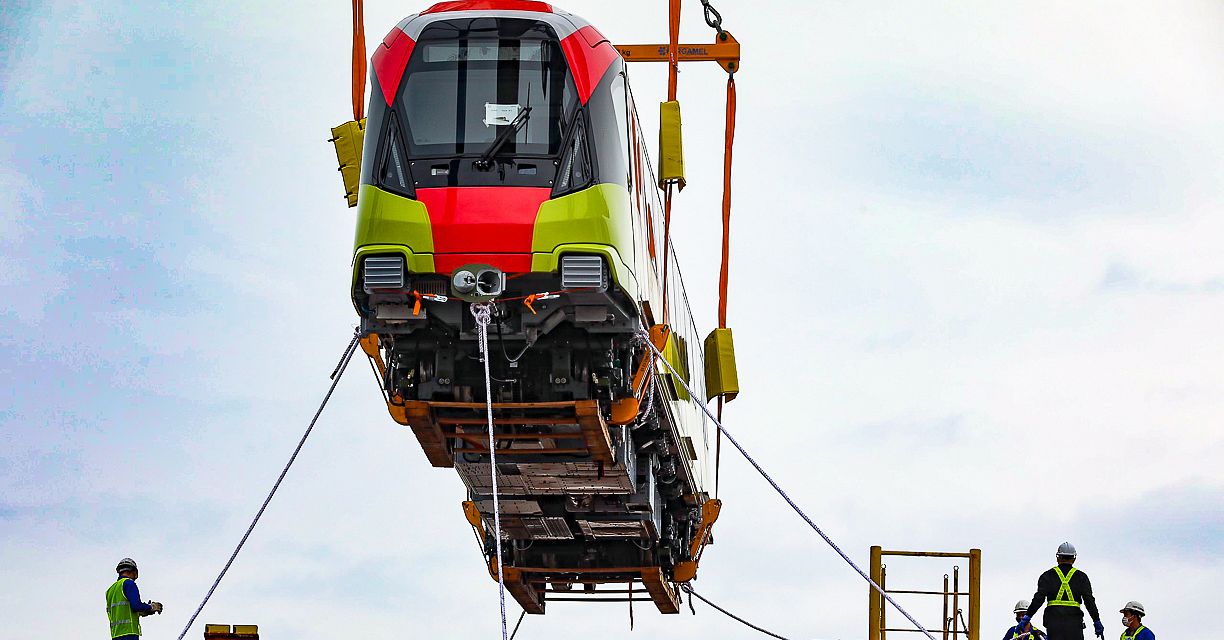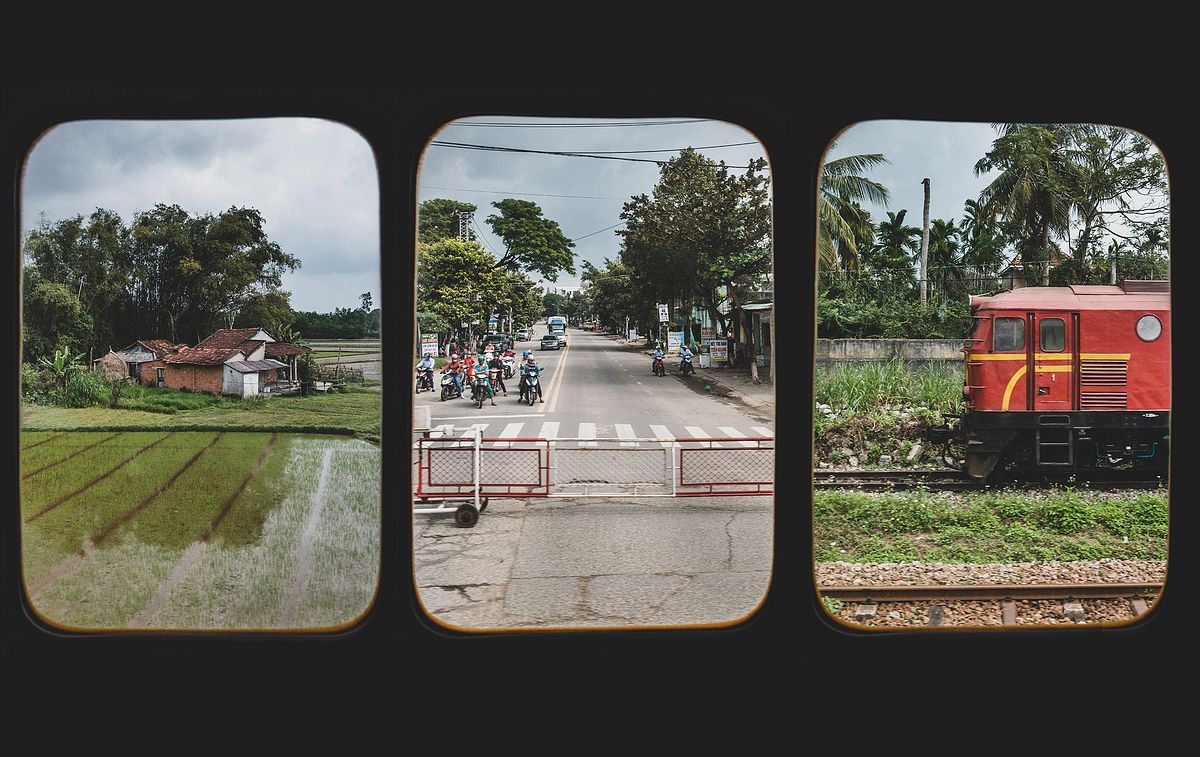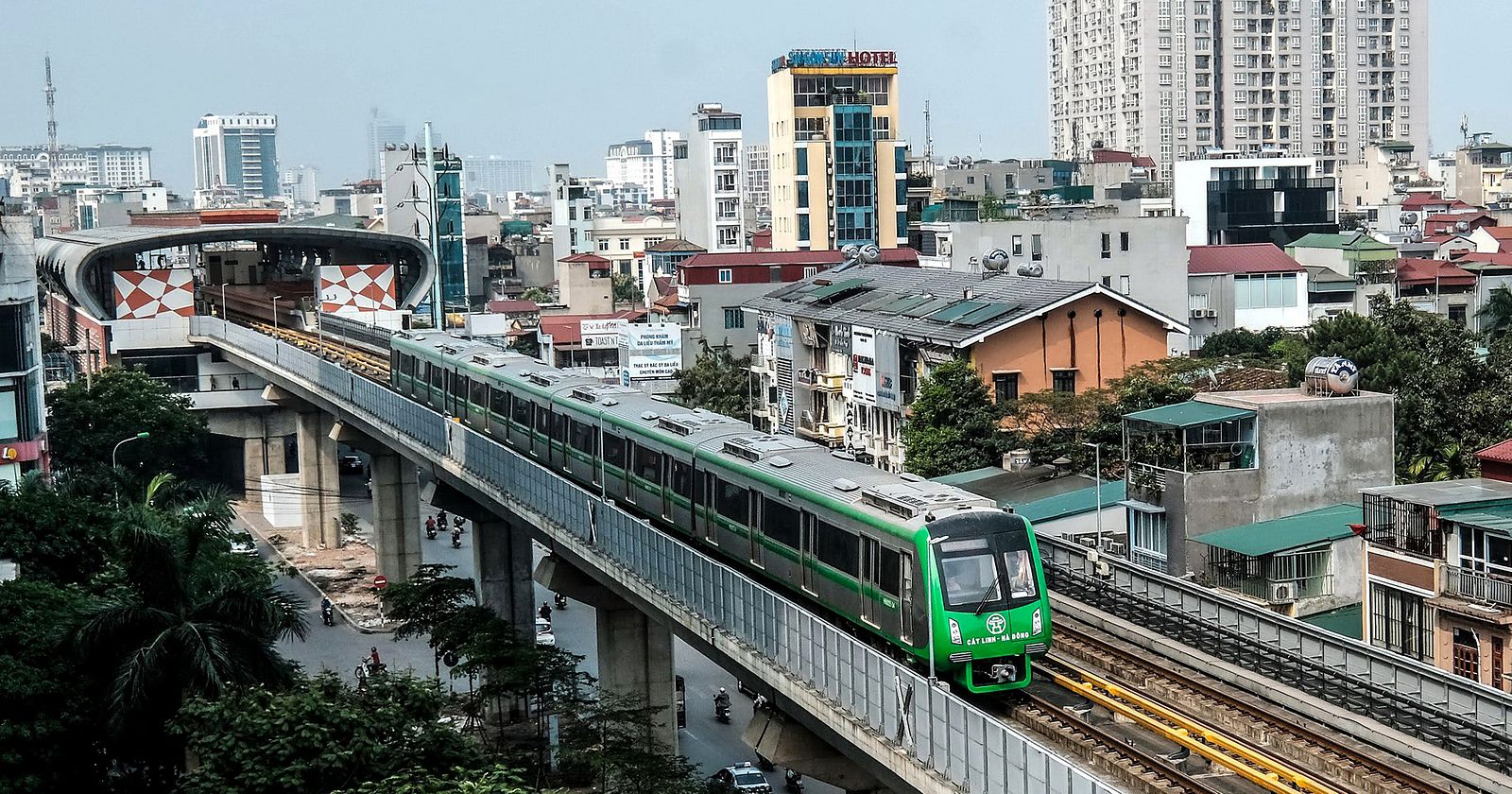In many countries, urban metros are a mundane convenience — so ordinary that their users often take them for granted. But until the birth of Hanoi’s Cát Linh-Hà Đông Metro Line, residents of Vietnam had enjoyed no such air-conditioned, traffic-immune method of transportation.
In November 2021, after nearly 10 years of construction and countless delays, Vietnam’s first metro line finally opened. Built by China Railway Sixth Group and funded partially through official development assistance loans from China, the project cost US$868 million.
Take a look at Saigoneer’s ride on Hanoi's metro line below:
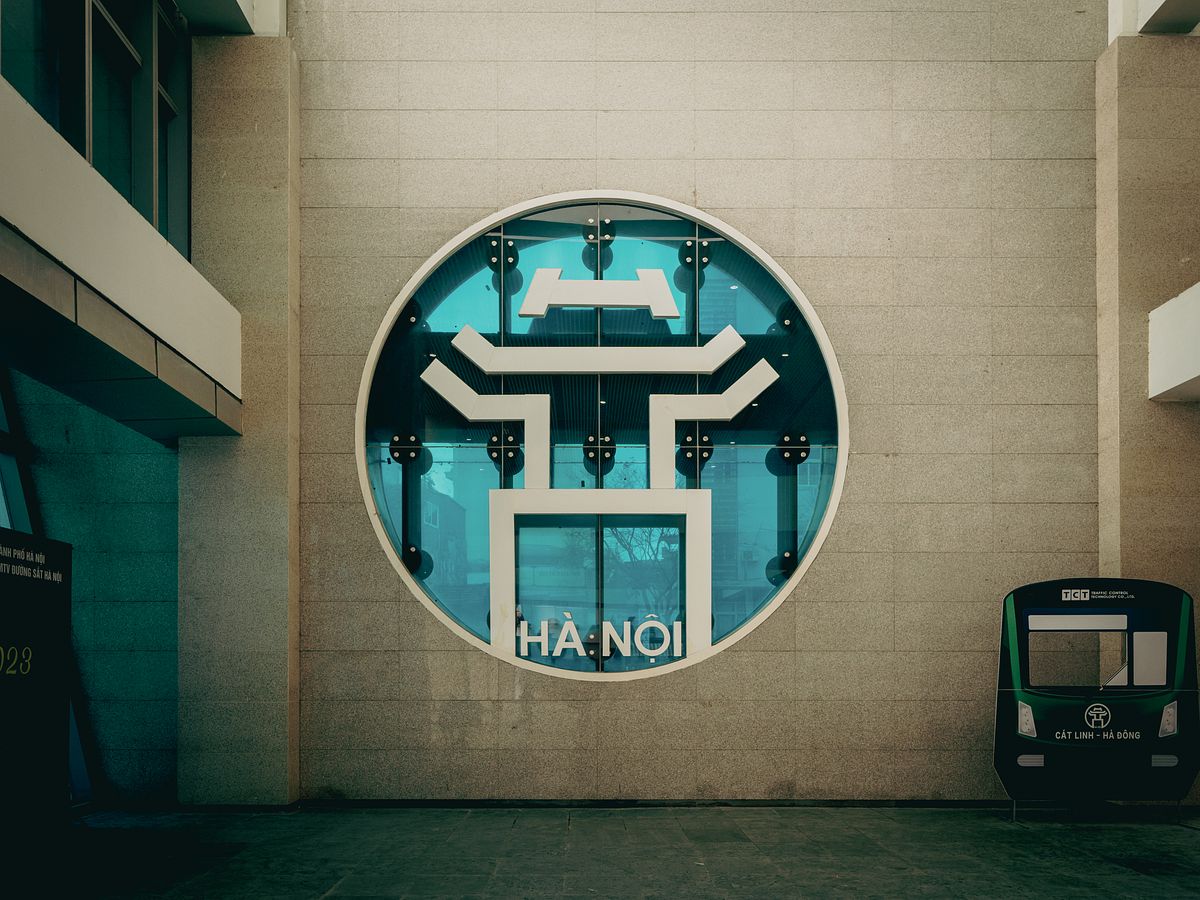
Entering Cát Linh Station, located in Đống Đa District.


A one-way ticket on Line 2A ranges from VND8,000 to 15,000, while a day pass costs VND30,000. The machine only accepts cash.

A metro user takes the elevator to the platform.
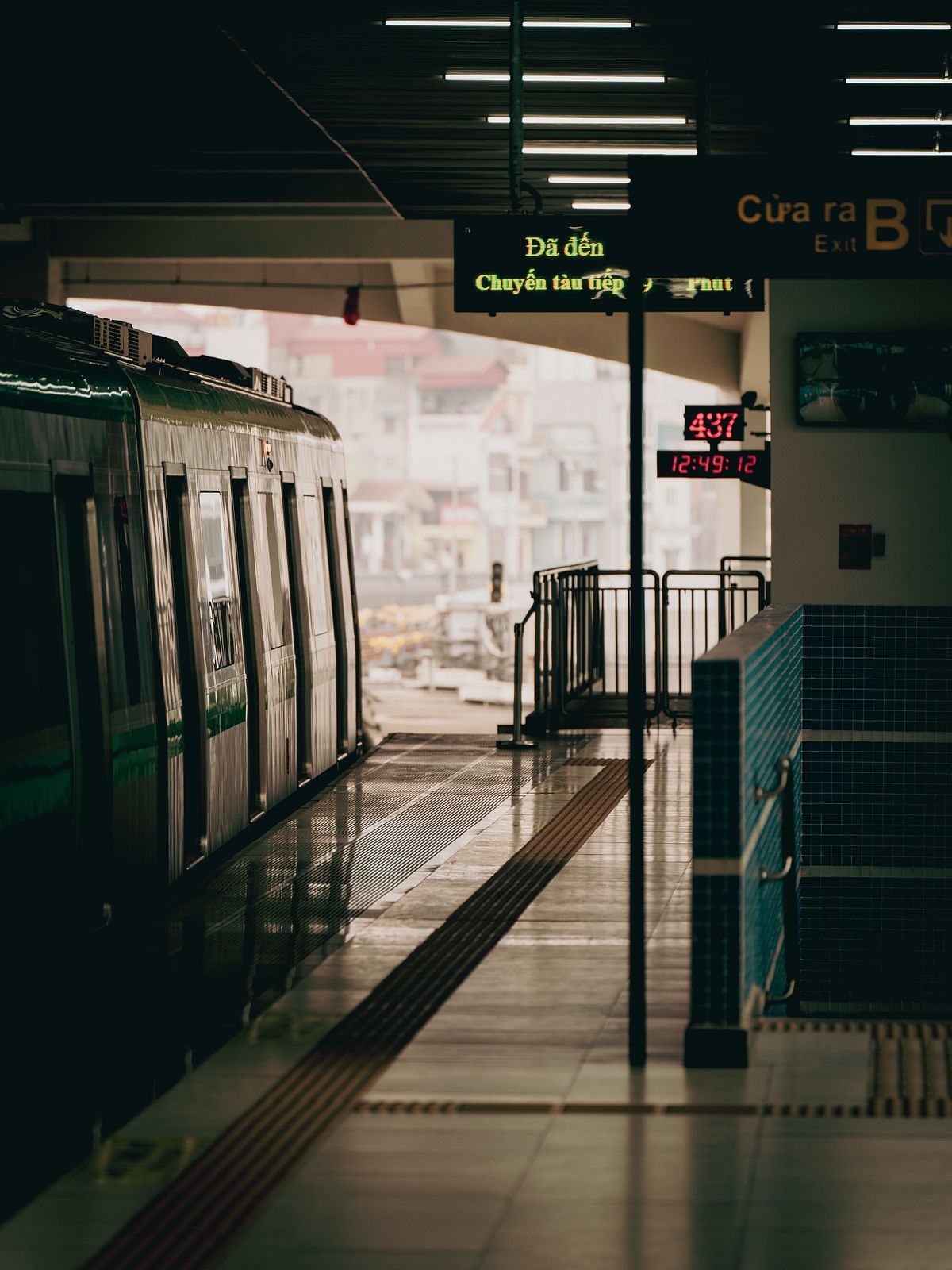
A train arriving at the station. Trains run every 10 minutes, with a capacity of 960 passengers each.
As of now, the metro is by no means extensive: it has a single line that spans around 13 kilometers, with 12 stations and an end-to-end runtime of 23 minutes. While it finished its first year in the red, VnExpress reported that its popularity surged this year with 2.65 million people hopping aboard in the first quarter alone.

Passengers waiting to board the train.

The track and platform are not separated by railings, so passengers should mind their steps.
A second line is also under construction, with a targeted opening date of 2027; if all goes according to plan, there will be 10 lines by 2030. Seeking to meet residents’ transport needs, the project hopes to counter pollution and congestion in the population-dense capital.

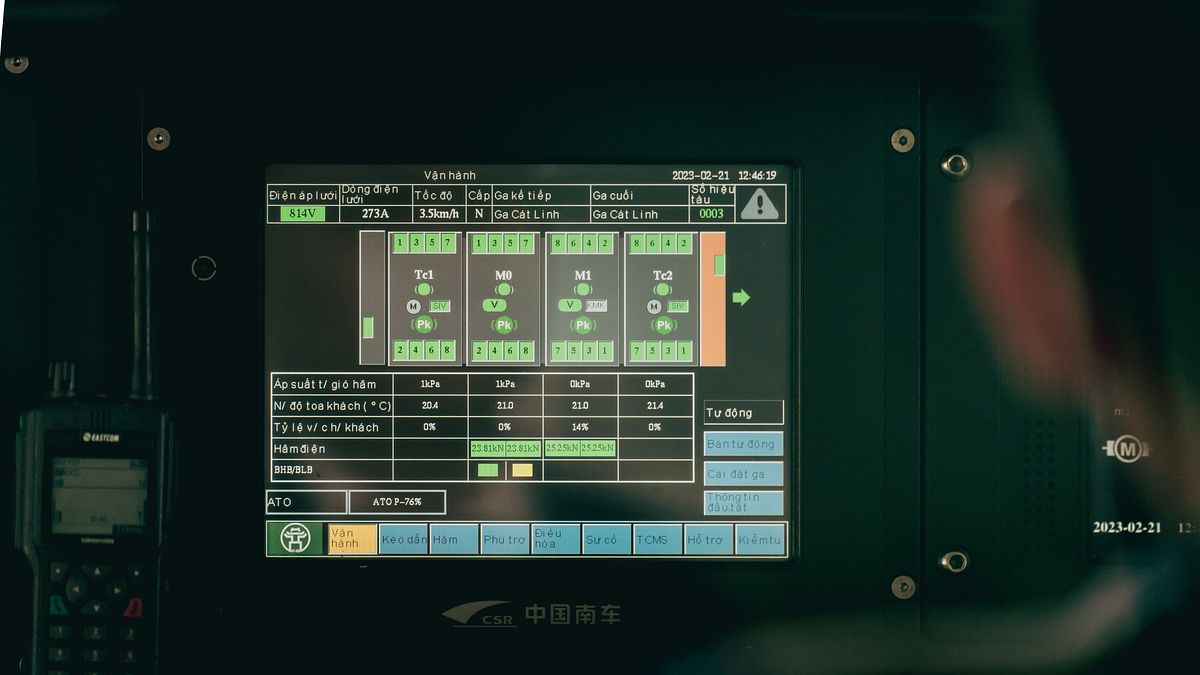

A glimpse inside the metro operator’s compartment.
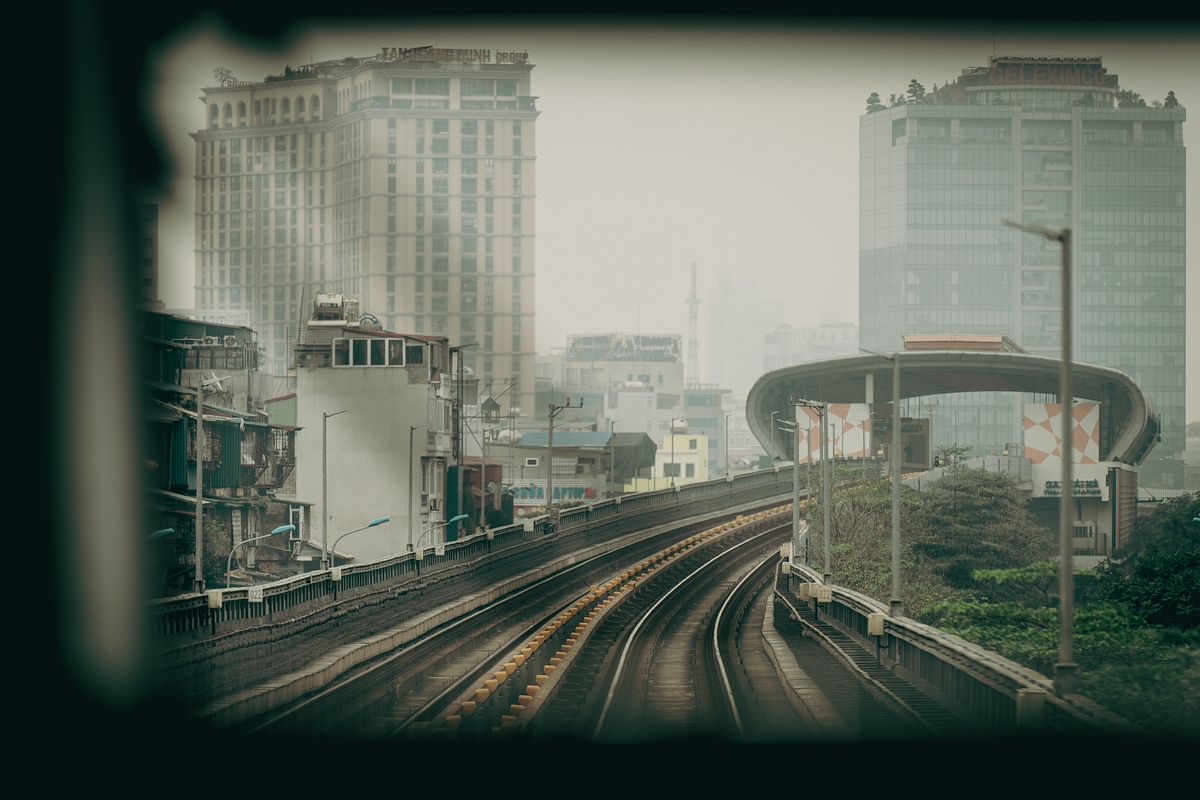
As the train exits the station, Hanoi’s urban skyline begins flashing by.
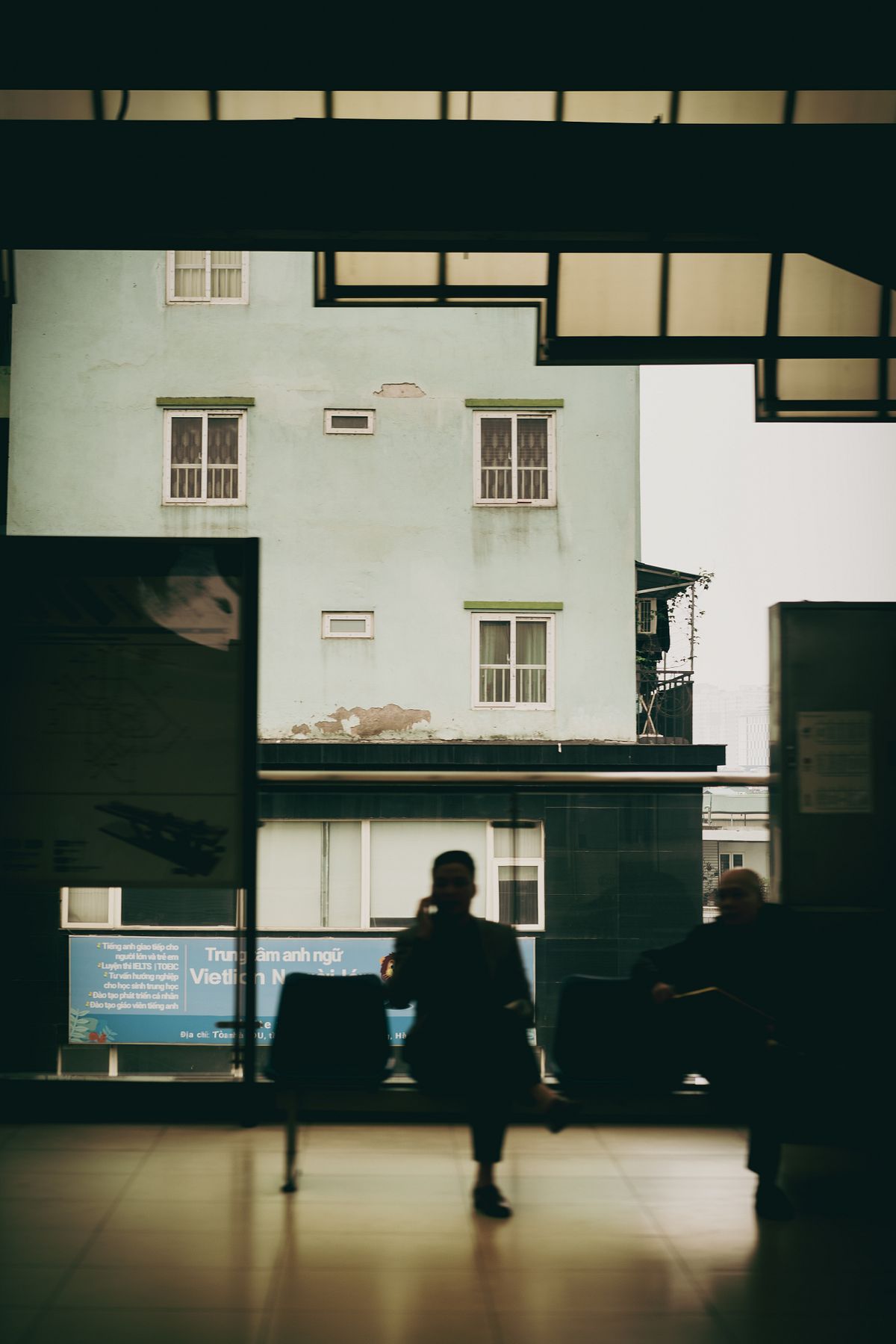
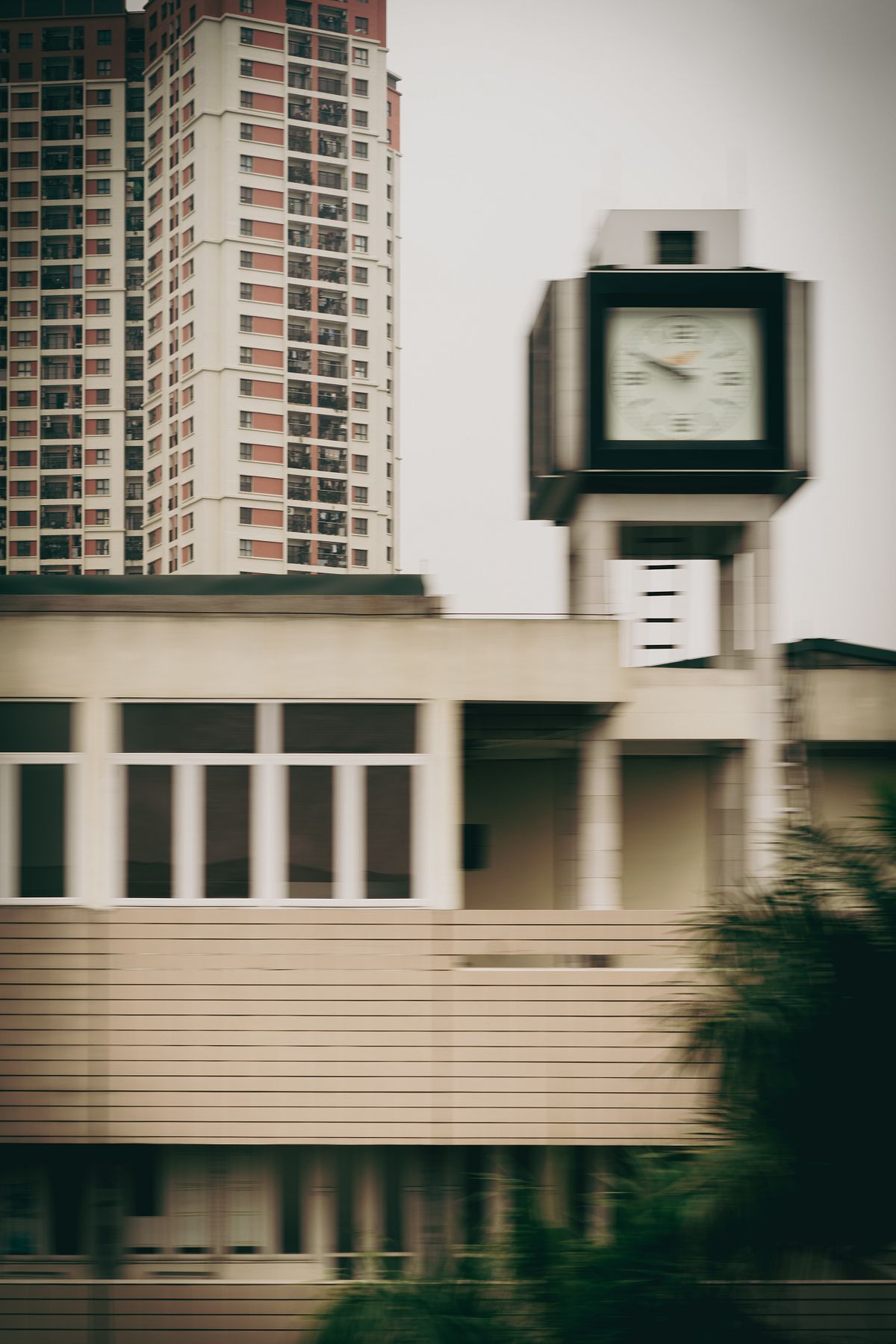
Line 2A is built entirely above ground.
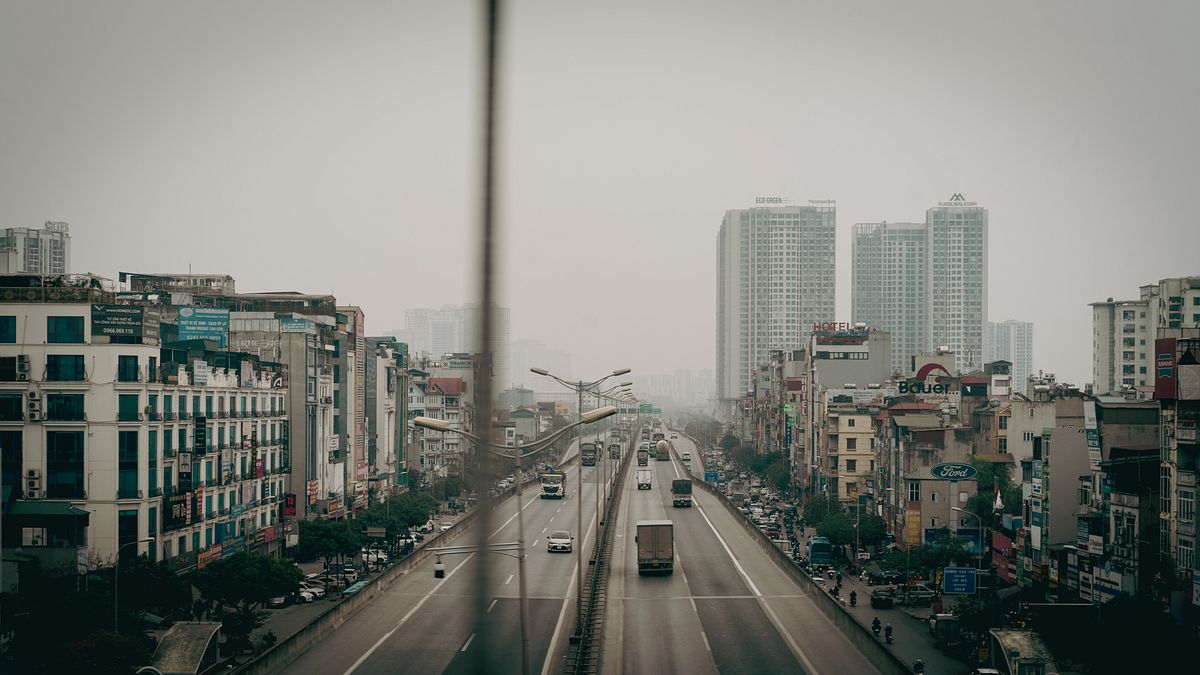
A gloomy day in Hanoi as seen from the train.

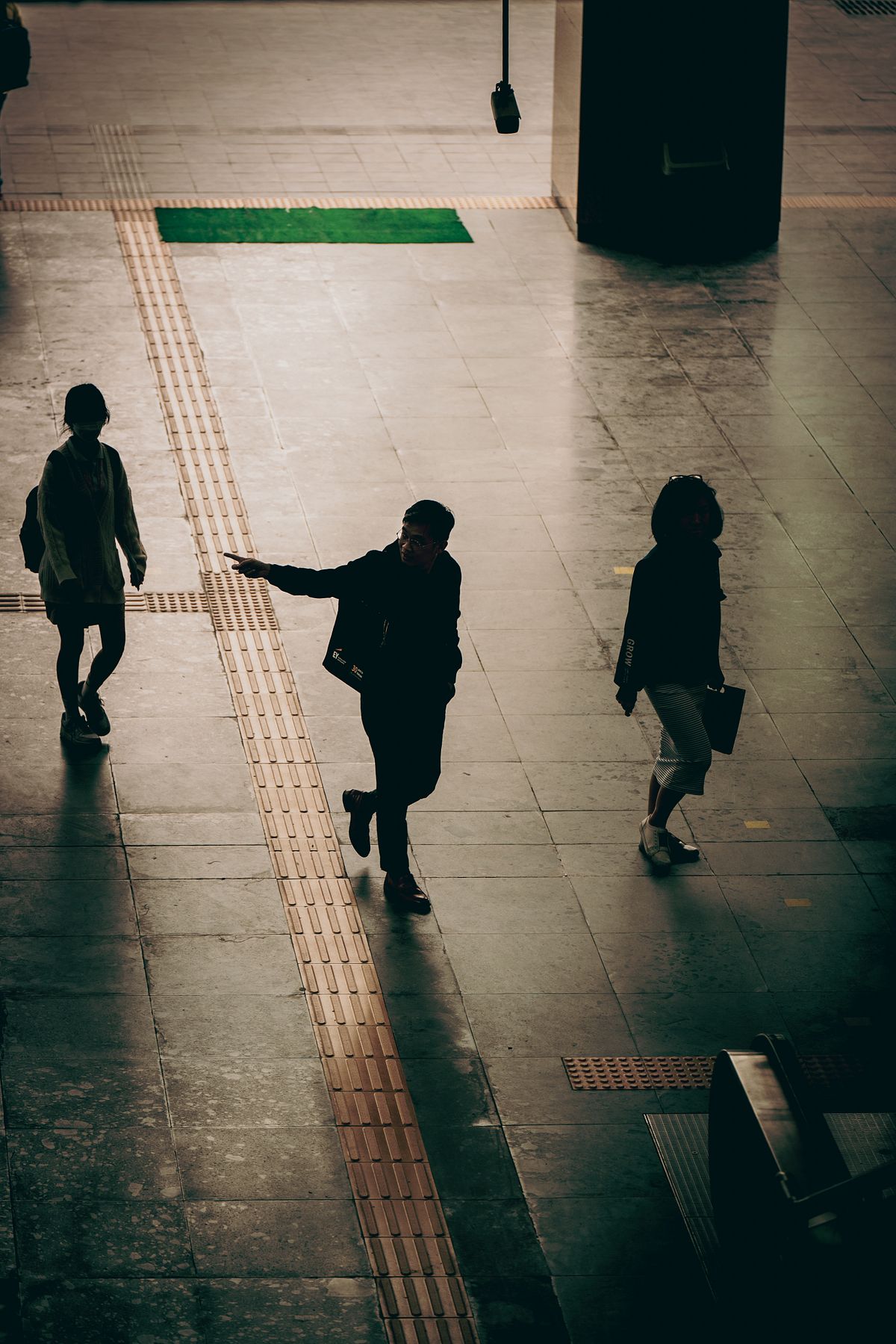
Yellow tactile paving is included in stations to help guide visually impaired commuters.
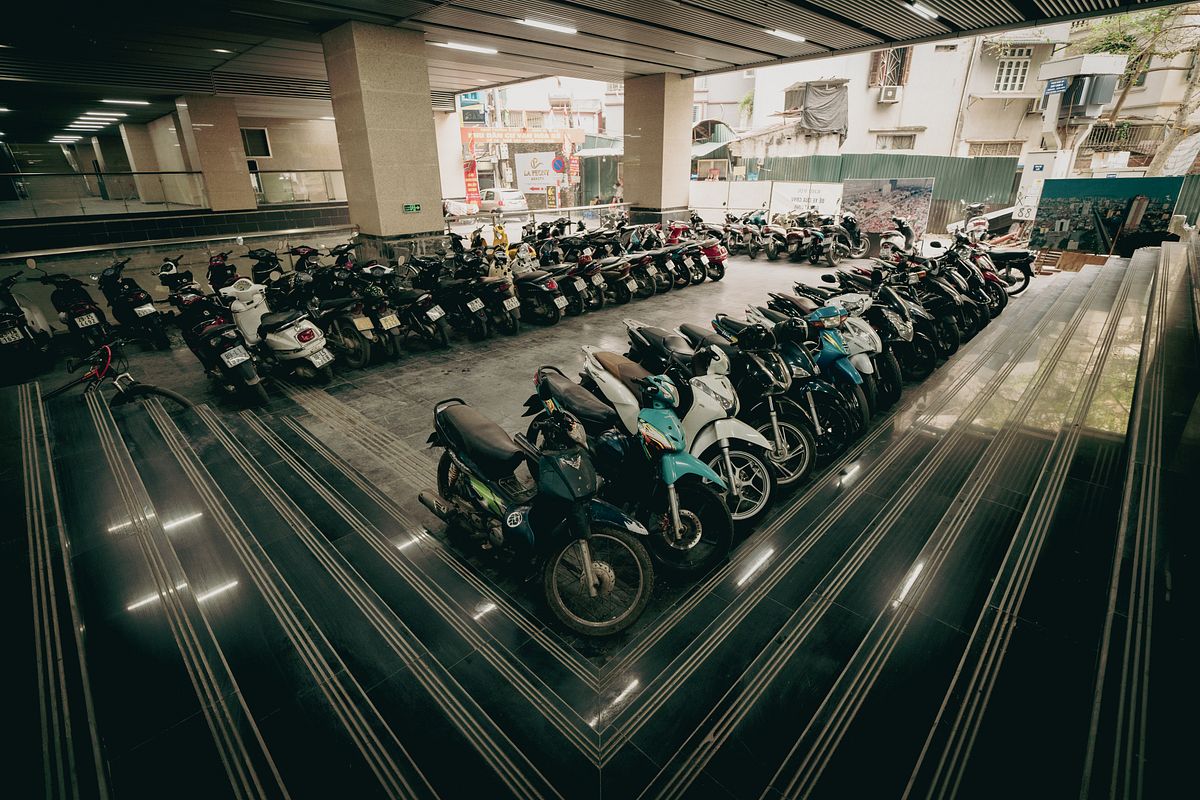
Neat lines of motorbikes in the station’s parking lot.
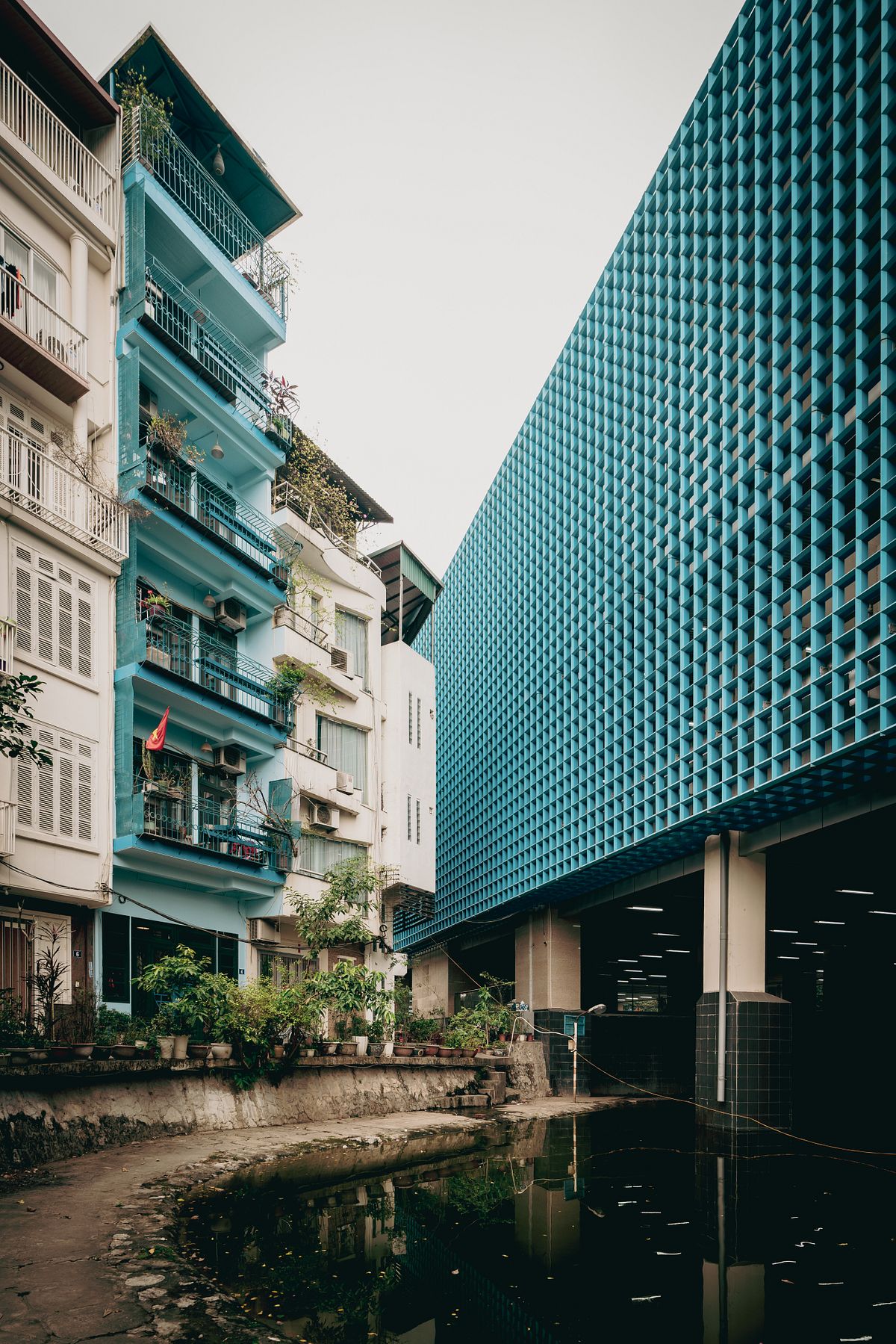

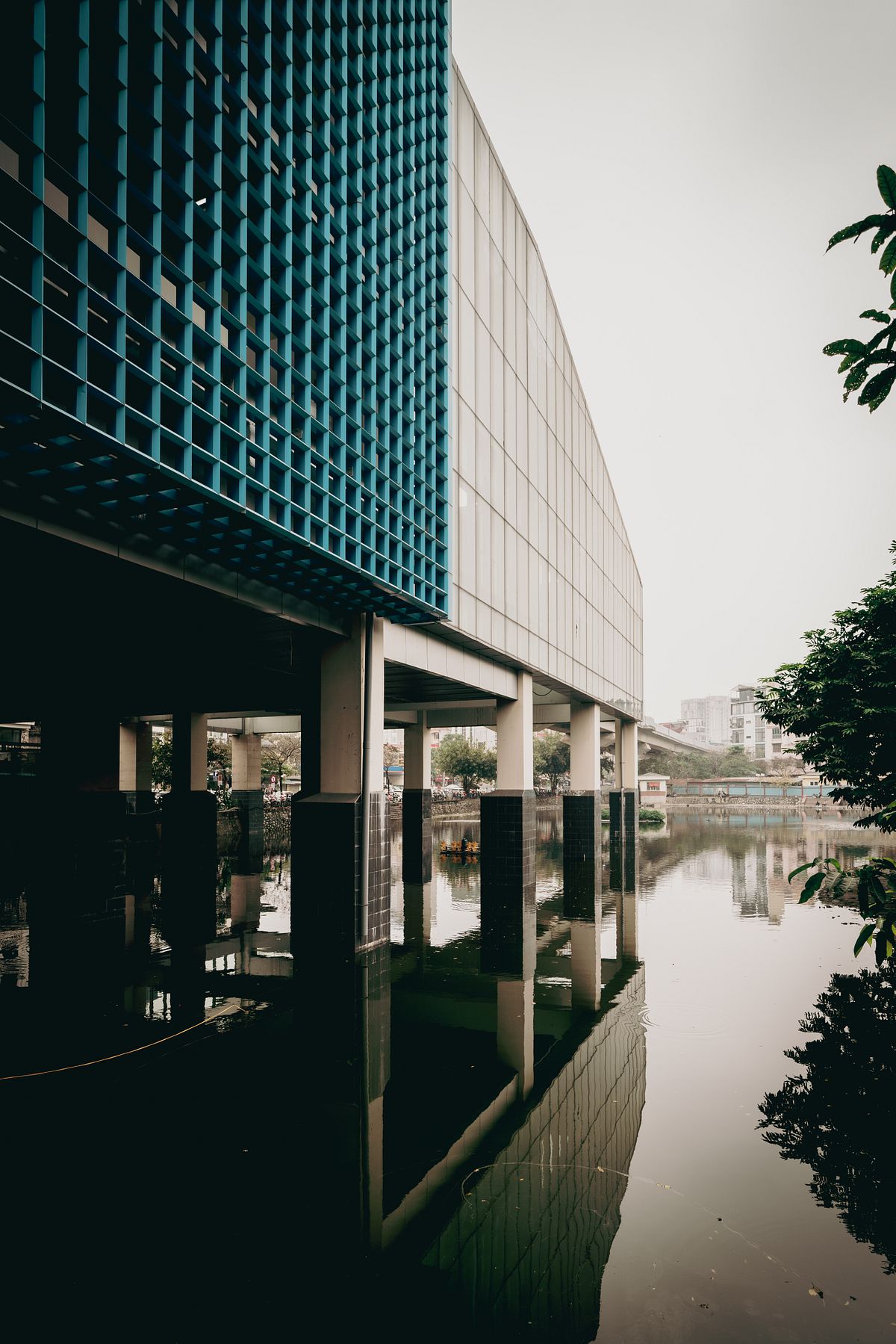
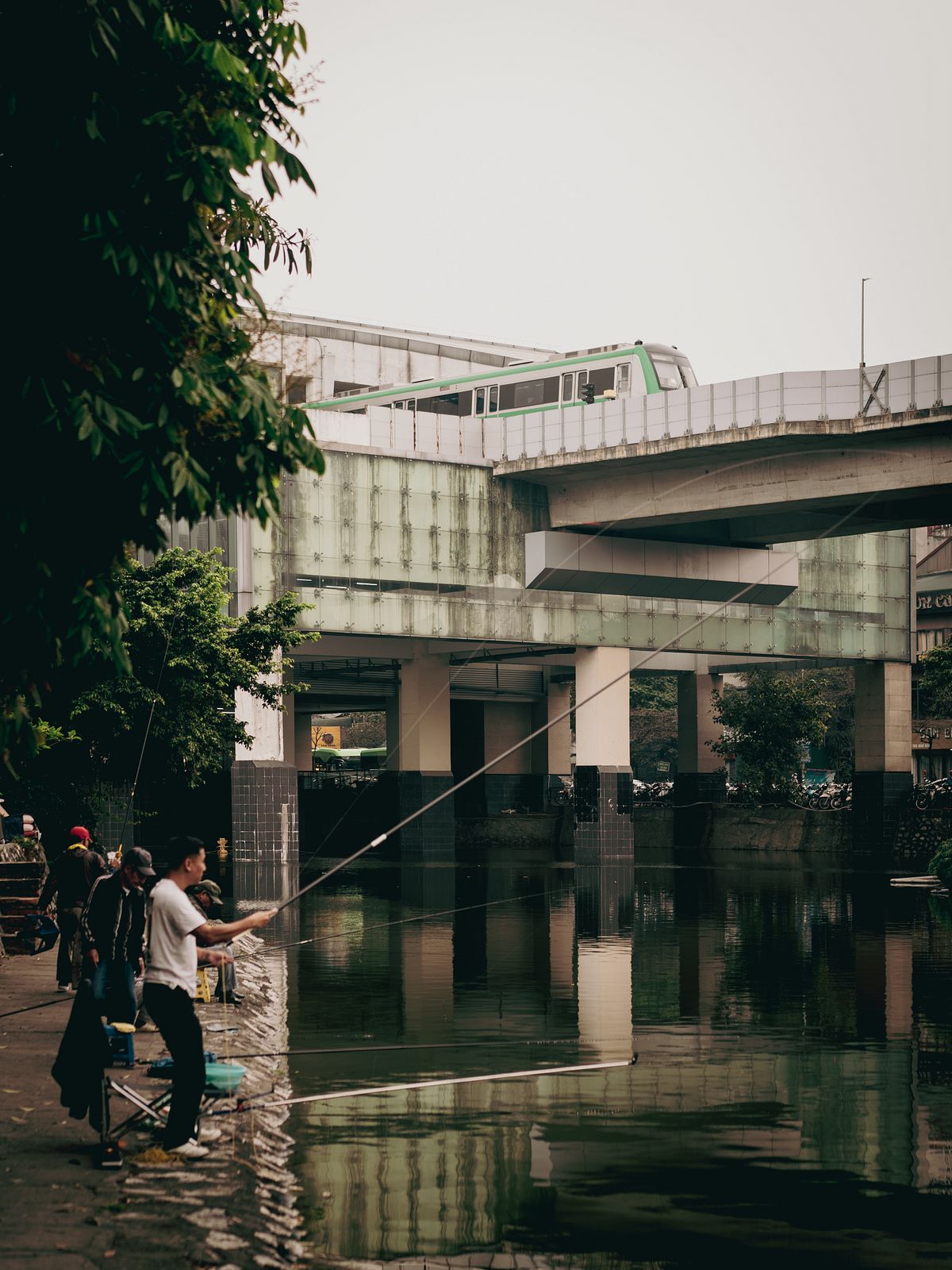

While the metro represents a significant leap in the city’s modernization, life as normal continues outside of the station.



